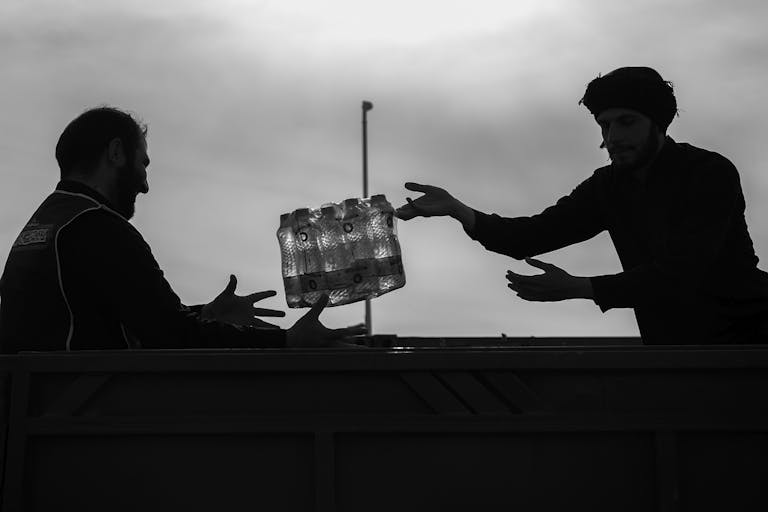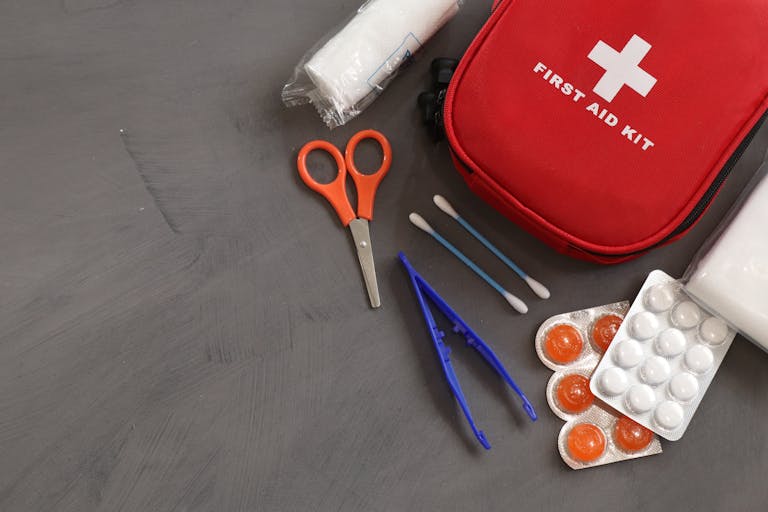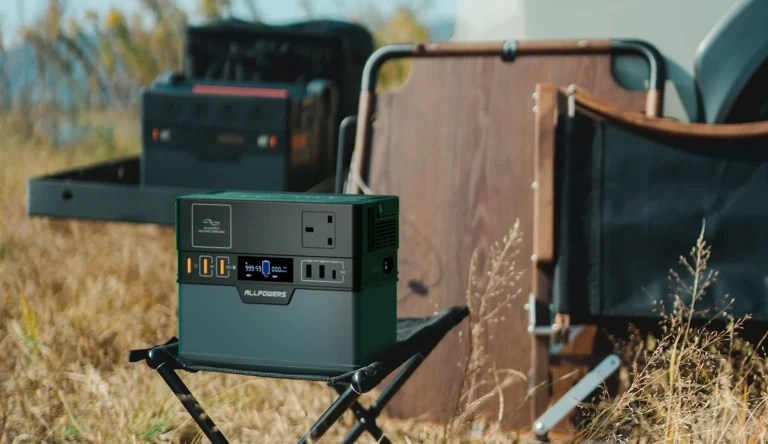The Basics Of Personal Preparedness: A UK Based Guide
Let’s be honest: emergencies aren’t something most of us like to think about. But if the last few years have taught us anything—pandemics, power outages, floods, even cyberattacks—it’s that being a little more prepared can make a big difference. And no, we’re not talking full-on “doomsday bunker” vibes—just a few smart, practical steps to help you and your loved ones stay safe and comfortable if things ever go sideways. This article looks at The Basics of Personal Preparedness.
The UK government recently launched a campaign called Prepare (check it out at prepare.campaign.gov.uk) to help people across the country get ready for all kinds of emergencies. Whether it’s a storm knocking out our electricity, or something more serious like a national crisis, the advice is clear: a little planning now can save a lot of stress later.

So, what is Personal Preparedness all about?
The core idea is pretty simple: be ready to look after yourself and your family for at least three days if help can’t get to you right away. That might sound a bit dramatic, but imagine a flood cuts off your area or a major power cut shuts down supermarkets and phone networks. What would you wish you had on hand?
According to the UK Government, every household should think about the essentials—things like bottled water, canned food, torches, and a wind-up radio. It’s not panic buying. It’s just being sensible.
Step-by-Step: How to Get Prepared Without Freaking Out
Let’s break it down into five easy parts.
1. Know What Could Happen
First up, it helps to understand what kind of emergencies might actually affect you. Flooding? Power cuts? Severe weather? Find out what risks exist in your local area (your council’s website is a good place to start).
Also, sign up for any local alert services, and consider downloading emergency apps that can send you real-time updates. If something big is going down, you’ll want to know ASAP.
Bonus tip: brush up on some basic first aid. You don’t need to be a paramedic, but knowing how to deal with cuts, burns, or even CPR could be a literal lifesaver.
2. Make a Plan (It’s Easier Than You Think)
If something did happen tomorrow, how would you and your family stay in touch? Where would you meet if the phones were down? Who would look after the pets?
Create a simple emergency plan:
- A shared contact list (write it down, not just on your phone).
- A meeting place everyone knows.
- A plan for kids, elderly relatives, or people with disabilities.
- And yes—don’t forget about the dog.
It’s one of those things you hope you’ll never need, but if you ever do, you’ll be so glad you took the time to sort it out.
3. Get Your Home Ready
Now let’s talk about your space.
Start by doing a quick home safety check:
- Test your smoke alarms and carbon monoxide detectors.
- Make sure you know how to turn off your gas, water, and electricity if needed.
- Review your home insurance—does it cover flooding or storm damage?
And think about the basics: if the heating goes off in the middle of winter or the water stops flowing, do you have what you need to stay warm and clean?
4. Build Your Emergency Kit
This is the big one. You don’t need to do it all at once, but start putting together a kit with things you’d want on hand if you had no power or couldn’t leave the house for a couple of days.
Here’s what the UK government recommends:
- A battery-powered or wind-up torch
- A portable power bank to charge your phone – Read our guide
- A battery-powered or wind-up radio
- Spare batteries
- A basic first aid kit – Read our guide
- Hand sanitiser and wet wipes
- Bottled water – aim for 2.5–3 litres per person per day – Read our guide
- Non-perishable food (tinned goods, energy bars, dried meals) – Read our guide
- If you have young children: baby formula, nappies, etc.
Store it all together in one place that’s easy to grab in a hurry—maybe even pack a smaller “grab bag” with the basics in case you need to leave quickly.
5. Stay Connected and Help Each Other Out
Preparedness isn’t just a solo mission—it’s about community, too.
- Chat to your neighbours—do they have a plan? Could you help each other?
- Check in on people who might need extra support, like elderly relatives.
- Get involved in local groups that deal with community resilience (some areas have WhatsApp groups or volunteer teams for this sort of thing).
In a crisis, your best asset might be the people around you.
The Role of Tech: Don’t Ignore Alerts
One of the newer tools in the UK is the Emergency Alerts system. You might’ve already had one of those test messages pop up on your phone with a loud buzz. If something serious happens—like a major flood, fire, or threat—this system can send out alerts with vital instructions.
So don’t ignore them. And make sure everyone in your household knows what those alerts mean.
Have your own Thoughts? Leave a comment Below 🙂
A little disclosure: there are affiliate links on this website! That just means if you click on a link, find something you like and buy it, this site might receive financial benefit. Don’t worry, you won’t pay any extra – sometimes you might even get a discount. These links help to pay for the upkeep of the site.
Disclaimer: The content of this website is opinion and should never be considered as professional advice. Always consult a professional in the relevant areas.





